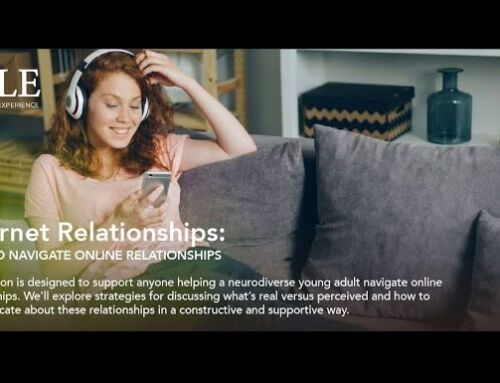The Use of Individual Profiles to Guide Skill Training
By Scott Allen, Psy.D. Director of Psychological Services CLE Austin
Images, stereotypes, and ideas of diagnoses, we all have them. If I were to name a few, I imagine that a few images might be conjured in your head. For example, if I mentioned Attention-Deficit/Hyperactivity Disorder (ADHD), you might picture a boy running around the room while a teacher is struggling to teach a class. If I brought up the term, Reading Disorder, you might picture a young girl reading a series of letters in the wrong order. If I said, “he has an anxiety disorder,” you might picture a man struggling with leaving the house, shivering in a corner.

We might miss the people who look like they are attending perfectly when they are not processing lesson material, those who struggle with “translating” written words to oral language, and those who worry “just a little more” about upcoming tests.
Prior to working at CLE, I spent a substantial part of my training and career completing diagnostic assessments and recommending services for people of varying ages. I’ll never forget the time that I completed an assessment on a middle-school-aged boy with an Autism-Spectrum Disorder who was quite communicative and exhibited no significant behavioral issues, well at least disruptive behaviors. He was just above the threshold for an autism-spectrum disorder on my measures and was displaying mild, but significant difficulties with communication, socialization, and learning in a typical classroom environment. I completed his assessment and presented my results in an IEP (Individualized Education Program) meeting with school officials and the student’s family. I can remember the gasps in the room when I reported that the student met criteria for an autism-spectrum disorder (then Asperger’s) and one of the school officials saying, “but he can talk.” Masking my frustration, I went into a full description of autism-spectrum disorders and talked about the range of individuals within that spectrum.

Diagnoses can be helpful in a few significant ways. They often provide a concise description of the individual and may guide some of the interventions that may be used. They are also useful toward qualifying individuals for services that are, in turn, helpful toward working on vital skills across areas of functioning.
However, diagnoses can also be viewed as labels, and they are often one of the first aspects that medical professionals, mental health professionals, and educators learn about clients/patients/students. As with other descriptors (e.g., IQ measures, academic scores, subjective reports), we can be quick to form schemas (preconceived sets of ideas) about someone based on those first impressions. Diagnoses provide very limited information and should not be the sole focus in work with individuals with disabilities. For the most part, mental health diagnoses involve challenges that are variations in typical human behavior.
Skill-Directed Approach
I recommend that people in the helping professions utilize a skill-directed approach rather than a diagnosis-focused approach in working with individuals across the range of neurodiversity. Questions of focus can include:

The lens that I consistently use with participants at CLE is “what skills does this individual need to learn in order to be successful in the ‘Real World?'” The use of this lens helps our participants, their families, and our team promote upward mobility in skill development in our participants.








